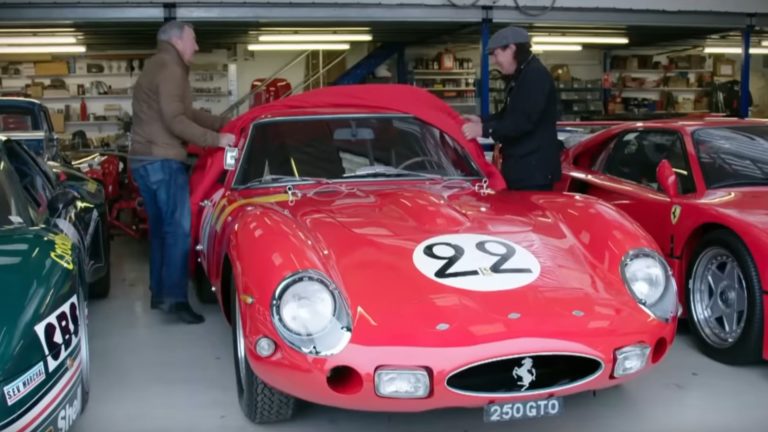The Insurance Institute for Highway Safety, a non-government safety testing and advocacy group, is incredibly influential in the automotive industry. In fact, they’ve been the driving force behind the push for LED headlights, the very thing so many drivers find are absolutely dazzling, all to keep you safe on the road. One of its latest campaigns is to make backseat passengers in full-size light-duty pickup trucks safer.
What we all can learn from a fatal off-road recovery.
One way it’s doing that is with its updated side crash test, which uses a heavier barrier that hits the side of the truck cab at a higher speed. Funny enough, out of the four full-size 2023 models tested three earned a good rating. The Chevrolet Silverado 1500 crew cab attained an acceptable rating.
But it was a completely different story for the updated moderate overlap front crash test. While the Toyota Tundra squeaked through with a marginal rating, the other three which included the Ford F-150 and Ram 1500 were slapped with the dreaded poor rating.
To be fair, most vehicles tested by IIHS have been struggling with the moderate overlap front crash test. This was true with the small overlap test from years ago. The point of this new test, which was introduced only last year, is to boost safety for people sitting in the backseat of vehicles.
Obviously, the intentions with this and other safety tests are good. But there’s no denying some negative impacts of this movement, aside from the LED lights IIHS seems to love so much. To build vehicles which pass these and other crash tests, both domestically and abroad, automakers have poured considerable resources into every stage of product development. This, in turn, has helped increase the cost of modern cars.
What’s more, the extra structural reinforcements and other designs necessary to achieve a desirable rating in the many categories has helped inflate not only the price but also the size of newer vehicles. That, in turn, has given rise to concern that modern trucks and SUVs in particular are so large it’s difficult to see pedestrians. So one safety increase creates a different safety deficit, thus the law of unintended consequences takes hold.
And this is the thing about good intentions: they don’t always lead to good consequences. That’s why being honest about results, including unintentional consequences, instead of just hiding behind your overall intentions, is critical.
We have yet to see what automakers will do in revamping vehicles to pass these more stringent tests, but it could trigger other unintentional negative consequences we all must endure.
Image via IIHS


























[…] the vehicle, officers concluded it wasn’t safe to drive on public roads. Photos show it has quite a bit of rust on the rocker panels and the steering column shroud is long […]